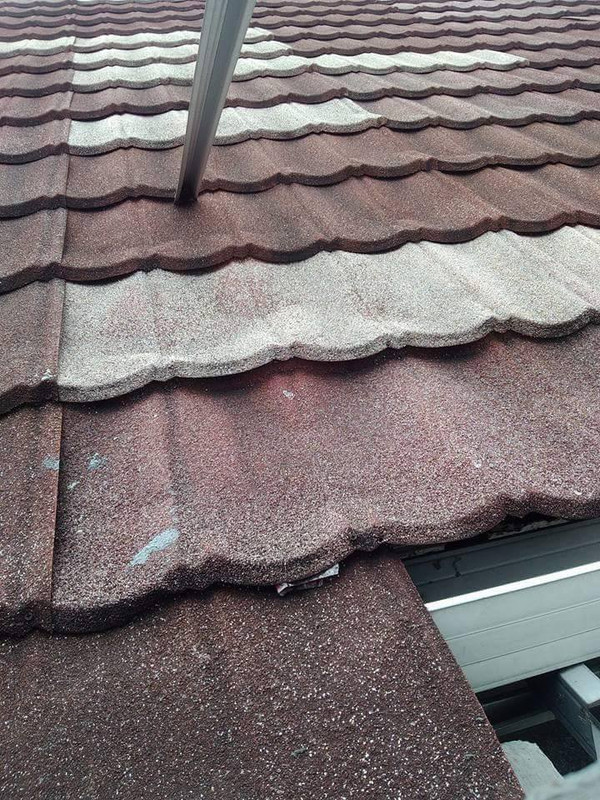Beranda > Artikel
Leaking Roof Problems
Some time ago, the Indonesian Meteorology, Climatology and Geophysics Agency (BMKG) predicted that the intensity of rain would still be high for the next few weeks. This natural phenomenon that cannot be prevented certainly has its own impact on the houses we live in. Generally in the form of high humidity and rainwater seepage due to cracked or broken materials. The following are problems with house roofs that are often encountered during the rainy season.
Problems with house roofs
The roof of the house is one of the building elements that is directly exposed to rainwater. Good roof construction and covering materials will avoid fatal leak problems. Generally, the part of the roof that often leaks is the ridge area, gutters (where the corners meet between roof tiles) and the quality of the tiles, and the roof slope that is too shallow. In the ridge area, cracks usually occur in the cement mortar. As a result of being exposed to heat and rain, its durability will decrease and cracks will occur.
Rainwater seepage also occurs in the gutter, where the roof tiles meet a certain roof design. In this section, we often use plastic, aluminum and zinc carpets as gutters. The material has an age limit, it will gradually become brittle and rust. The quality of the roof tiles can also affect rainwater seepage and splashing. Poor quality roof tiles cause the installation to be loose and easily brittle. Likewise, the shape of the roof is too sloping, so that rainwater can turn around and enter through the gaps between the tiles. A sloping roof can slow down the flow of rainwater that falls.
Solving roof problems
Roof problems can be anticipated and prevented by making a good roof. On the ridge (nok) we can add a leak-proof coating. The application is similar to regular painting. In this area, all concrete on the ridge is coated with a leak-proof coating. Usually there is additional fiber to bind the concrete with the leak-proof coating. For the gutter area, we can replace the non-durable material with a clay gutter. This gutter is similar to an inverted ridge and is made with fairly good roof tile material. It is installed on a certain roof design that meets the roof at one corner. Usually tropical-designed roofs often have this gutter angle.
Choosing the quality of roof tiles can also prevent rainwater leaks in the future. Quality roof tiles have good precision and density when arranged. We can also use other roofing material variants such as asphalt, steel, concrete and others. If replacing the roof tiles feels too burdensome, we can cover the bottom of the roof tiles with aluminum foil. This material is usually used to reduce heat under the roof. Aluminum foil can withstand seepage directly, so it can prevent weathering of the roof construction or damage to the ceiling.
The shape of the roof can also affect rainwater leaks, a roof that is too sloping causes rainwater to fall slowly. The slope of the roof should not be less than 45 degrees. If it is too sloping, the speed of rainwater to fall becomes slower, which in the end water can enter through narrow gaps in the roof tiles.
 Bahasa Indonesia
Bahasa Indonesia  Inggris
Inggris
 Bahasa Indonesia
Bahasa Indonesia  Inggris
Inggris
 Bahasa Indonesia
Bahasa Indonesia  Inggris
Inggris




